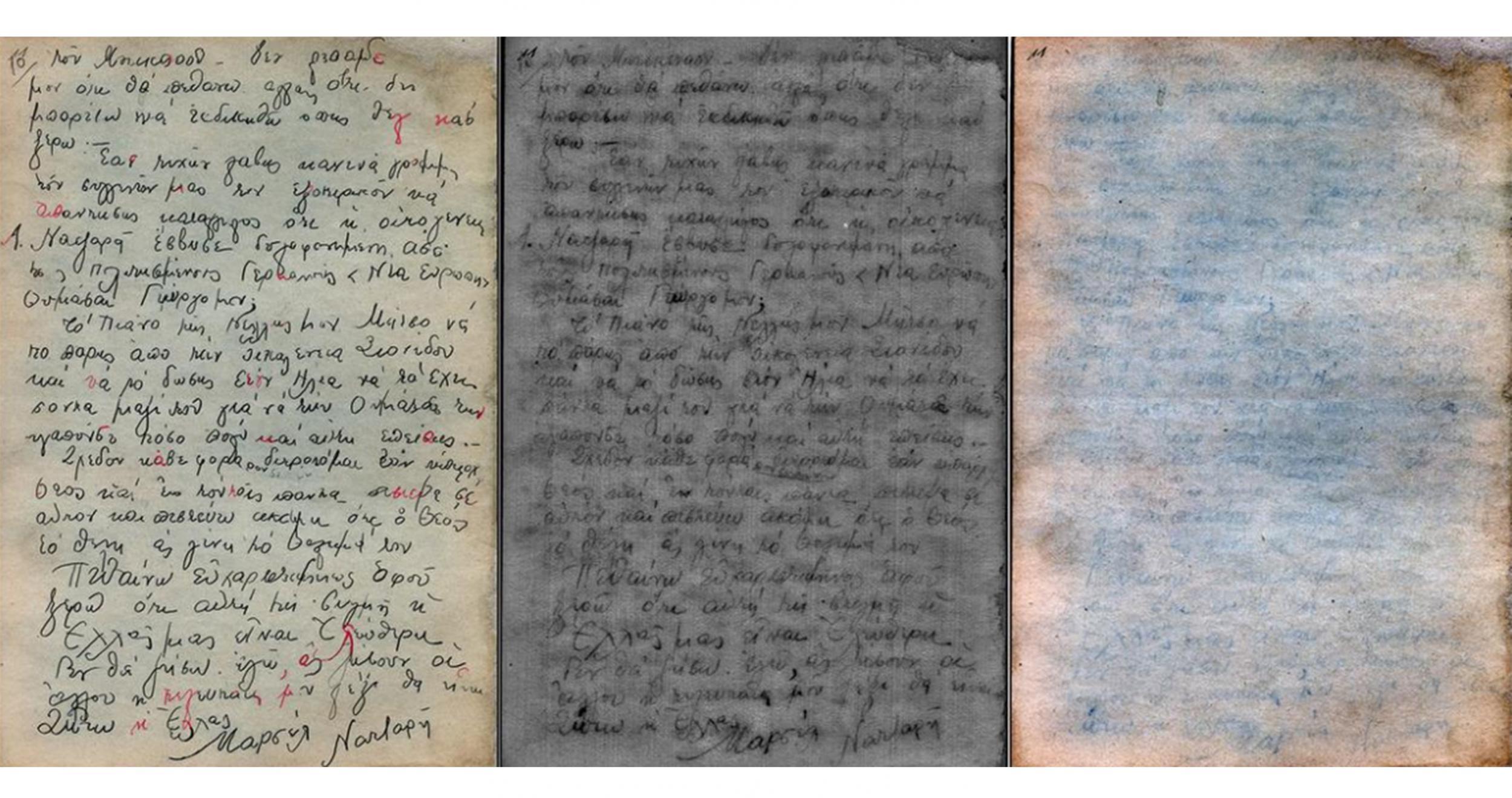Auschwitz inmate's chilling notes on Nazi murder squad finally deciphered
Marcel Nadjari wrote the prospect of ‘revenge’ stopped him stepping into the gas chamber he was forced to lead other Jews to

Your support helps us to tell the story
From reproductive rights to climate change to Big Tech, The Independent is on the ground when the story is developing. Whether it's investigating the financials of Elon Musk's pro-Trump PAC or producing our latest documentary, 'The A Word', which shines a light on the American women fighting for reproductive rights, we know how important it is to parse out the facts from the messaging.
At such a critical moment in US history, we need reporters on the ground. Your donation allows us to keep sending journalists to speak to both sides of the story.
The Independent is trusted by Americans across the entire political spectrum. And unlike many other quality news outlets, we choose not to lock Americans out of our reporting and analysis with paywalls. We believe quality journalism should be available to everyone, paid for by those who can afford it.
Your support makes all the difference.The chilling testimony of an Auschwitz inmate who was forced to help Nazi murder squads has finally been deciphered.
Marcel Nadjari, a Greek Jew, wrote a harrowing account of how thousands of Jews were “packed like sardines” into gas chambers each day.
The notes he penned while at the concentration camp in Oświęcim, Poland had faded over time and have only been decoded now thanks to digital imaging, according to the BBC.
Mr Nadjari was 26-years-old when he penned his account in 1944. His mother, father and sister had already been killed by the Nazi regime.
The young man had been a member of the “Sonderkommando” – units of enslaved Jews the SS forced to escort fellow inmates to the gas chambers.
“Often, I thought of going in with the others, to put an end to this. But always revenge prevented me doing so,” Mr Nadjari wrote.

“I wanted to live, to avenge the death of Dad, Mum and my dear little sister.”
Fearing for his own life, Mr Nadjari hid his memoirs in a vacuum flask and buried the flask in a leather pouch near the death camp’s crematorium.
“The crematorium is a big building with a wide chimney and 15 ovens,” he wrote. “Under a garden there are two enormous cellars.”
“One is where people undress and the other is the death chamber. People enter it naked and once about 3,000 are inside it is locked and they are gassed.
“After six or seven minutes of suffering they die...”
He continued: “The gas canisters were always delivered in a German Red Cross vehicle with two SS men.
“They then dropped the gas through openings – and half an hour later our work began.
“We dragged the bodies of those innocent women and children to the lift, which took them to the ovens.”
It would be 36 years before Mr Nadjari's horrific testimony was found.
The buried flask was discovered by a Polish forestry student, who found it some 40 centimetres below the ground.
Mr Nadjari had written an introduction in his notes in German, Polish and French asking whoever found his memoirs to pass them onto the Greek embassy and forward them to a friend, Dimitrios Stefanides.
It was discovered that Mr Nadjari had survived Auschwitz, moving to New York in 1951. He found works as a tailor and went on to have two children.
He died at the age of 53 in 1971 – nine years before his notes were found.
Russian historian Pavel Polian sought to restore the notes, of which only 10 per cent could be deciphered when they were first found.
The ink had faded over time and the text was virtually impossible to read.
Using Adobe Photoshop, however, Mr Polian was able to greatly enhance the text, which was later translated from Greek to English by Ioannis Carras, a Greek-British scholar living in Germany.
Speaking to the BBC, Mr Polian said he was shocked by how accurate Mr Nadjari's estimate of the number of victims at Auschwitz had been: 1.4 million.
Historians have estimated that the Nazis killed more than 1.1 million Jews at the concentration camp, as well as 300,000 others, including Poles and Soviet prisoners-of-war.
“The inmates obviously discussed how many trains had arrived,” Mr Polian told the BBC.
“Nadjari’s desire for revenge stands out – that’s different from the other accounts. And he pays much more attention to his family. For example, he specifies who he wants to receive his dead sister’s piano.”
Join our commenting forum
Join thought-provoking conversations, follow other Independent readers and see their replies
Comments